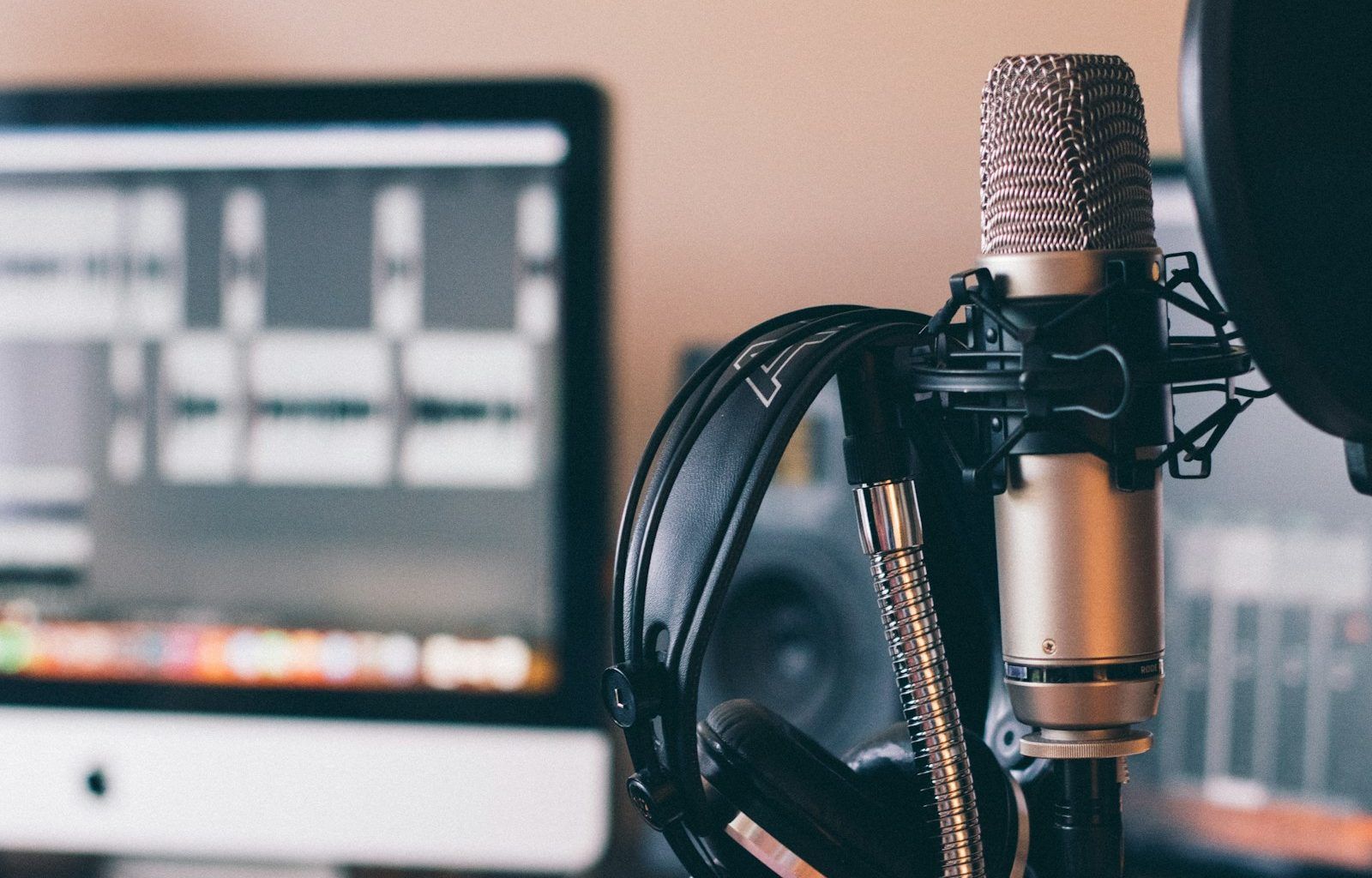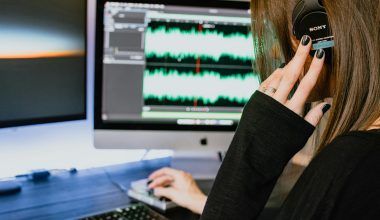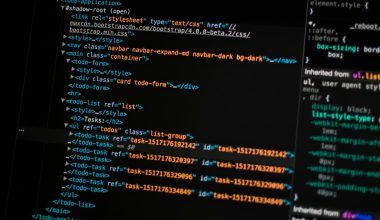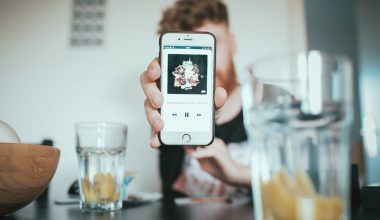For independent artists, monetizing your song on all digital stores without a distributor might sound challenging. But with the right approach, you can take control of your music’s journey and earnings. Distributors often act as middlemen, taking a cut of your revenue, but you can bypass them and retain more of your hard-earned money. This guide will walk you through everything you need to know to make it happen.
Why Monetizing Without a Distributor Matters
As an independent artist, every dollar counts. Distributors typically charge fees or take a percentage of your revenue for their services. By learning how to manage the process yourself, you can:
- Keep 100% of your royalties.
- Gain full control over your music.
- Develop a direct relationship with platforms and fans.
- Save on recurring distribution fees.
Many successful artists have adopted this approach, and it’s easier than you might think with the right steps and tools.
Understanding the Basics of Digital Music Monetization
Before diving into the “how,” let’s explore the “what.” Monetizing your music means earning money whenever your song is streamed, downloaded, or used commercially. Major digital stores like Spotify, Apple Music, Amazon Music, and YouTube pay royalties for streams or purchases.
The key components of music monetization include:
- Performance Royalties: Paid when your music is played in public.
- Mechanical Royalties: Earned from sales and streams.
- Synchronization Royalties: For music used in videos or films.
Without a distributor, you’ll need to handle these processes independently. But don’t worry, it’s achievable with some planning and persistence.
Preparing Your Song for Digital Stores
To monetize your song on all digital stores without a distributor, you need to ensure that your music meets industry standards. Here’s what to focus on:
1. High-Quality Audio Files
Ensure your song is professionally mixed and mastered. Digital stores have specific requirements for file formats, such as WAV or FLAC files. Aim for pristine audio quality to stand out.
2. Metadata
Metadata is the information associated with your song, such as the title, artist name, album, genre, and release year. This data helps digital platforms categorize and display your music correctly.
3. ISRC Codes
An ISRC (International Standard Recording Code) is essential for tracking your song’s performance. You can obtain these codes through organizations like the RIAA or specific ISRC registries in your country.
4. Copyright Registration
Protect your music by registering it with your local copyright office. This step ensures you can claim ownership and prevent unauthorized use.
Directly Uploading to Digital Stores
Many platforms now allow independent artists to upload their music without a distributor. Here’s how to approach the most popular ones:
1. Spotify
Spotify offers its Spotify for Artists program, which lets you pitch your music for playlists and track performance data. While direct uploads are currently limited, tools like SoundOn (by TikTok) allow artists to distribute to Spotify independently.
2. Apple Music and iTunes
Apple requires artists to use a specific encoding tool, available through their iTunes Connect platform. You’ll need to set up an account, agree to their terms, and provide tax and banking details.
3. Amazon Music
Amazon supports independent uploads through its Amazon Music for Artists program. Ensure your metadata is accurate and follow their audio requirements for seamless uploads.
4. YouTube Music
Uploading to YouTube Music is simple if you have a YouTube channel. Use YouTube Studio to categorize your music under the “Music” section, and it will automatically appear on YouTube Music.
5. Bandcamp and SoundCloud
Both platforms allow artists to sell or stream music directly. While these aren’t traditional stores, they’re excellent options for connecting with fans and earning revenue.
Managing Royalties Independently
Without a distributor, you’ll need to take extra steps to ensure you’re collecting all possible royalties. Here’s how:
1. Join a Performing Rights Organization (PRO)
PROs like ASCAP, BMI, or PRS collect performance royalties for public plays. Register your songs with them to ensure you’re compensated whenever your music is used.
2. Mechanical Royalties
Sign up with a mechanical rights collection agency, such as Songtrust. They’ll handle payouts from streams and sales on platforms like Spotify and Apple Music.
3. Content ID for YouTube
Use YouTube’s Content ID system to claim revenue from videos using your music. Services like AdRev can help you manage this efficiently.
4. Sync Licensing Platforms
Register your songs on sync licensing platforms like Songtradr to earn revenue from placements in films, ads, or games.
Promoting Your Music Without a Distributor
Even without a distributor, you can market your music effectively. Here’s how to build an audience and boost streams:
Leverage platforms like Instagram, TikTok, and Twitter to promote your releases. Share teasers, behind-the-scenes content, and encourage fans to stream your music.
2. Playlisting
Pitch your songs to independent curators for placement on playlists. Platforms like SubmitHub and PlaylistPush can help connect you with playlist creators.
3. Build a Website
Create a professional website to showcase your music, provide updates, and sell merchandise. A website also helps establish your brand and credibility.
4. Email Marketing
Build an email list of fans and keep them engaged with exclusive updates, discounts, or early access to new songs.
Pros and Cons of Monetizing Without a Distributor
Like any approach, handling music monetization independently has its pros and cons.
Pros:
- You keep all your earnings.
- Full control over your music.
- Freedom to experiment with marketing strategies.
Cons:
- More time-consuming.
- Steeper learning curve.
- Requires staying up-to-date with each platform’s requirements.
Tools and Resources for Independent Monetization
Several tools can simplify the process for independent artists:
- DistroKid Alternative Tools: Services like Amuse or RouteNote offer free or low-cost distribution.
- Royalty Calculators: Online tools to estimate your earnings from streams.
- Audio Editing Software: Tools like Audacity or GarageBand for mastering your music.
Staying Motivated
Handling every aspect of monetization can be overwhelming, but it’s also empowering. Remember that you’re building a sustainable career as an independent artist. Celebrate small wins, stay consistent, and don’t hesitate to seek help from online communities or mentors.
Conclusion
Monetizing your song on all digital stores without a distributor is not only possible but also highly rewarding. By taking control of your music’s journey, you can maximize your earnings, build deeper connections with your audience, and create a lasting impact in the music world. Follow the steps outlined in this guide, and you’ll be well on your way to becoming a truly independent artist.
For further reading, explore these related articles:
- What is a Music Label and Why Does It Matter?
- How to Apply to Be Verified on Instagram
- Can You Make Playlists with Apple Music?
For additional resources on music marketing and distribution, visit DMT Records Private Limited.






